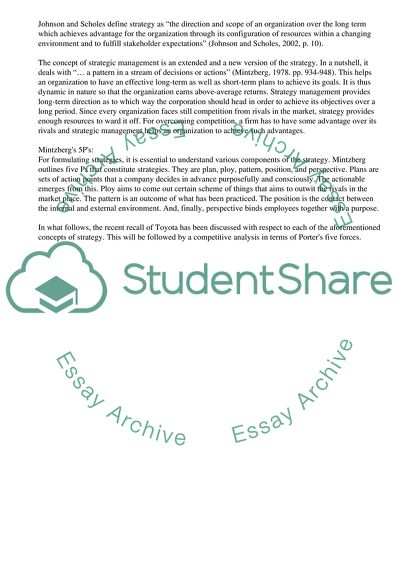Cite this document
(Business Strategy of Toyota Case Study Example | Topics and Well Written Essays - 2042 words, n.d.)
Business Strategy of Toyota Case Study Example | Topics and Well Written Essays - 2042 words. Retrieved from https://studentshare.org/business/1738262-organisational-strategy-individual-report
Business Strategy of Toyota Case Study Example | Topics and Well Written Essays - 2042 words. Retrieved from https://studentshare.org/business/1738262-organisational-strategy-individual-report
(Business Strategy of Toyota Case Study Example | Topics and Well Written Essays - 2042 Words)
Business Strategy of Toyota Case Study Example | Topics and Well Written Essays - 2042 Words. https://studentshare.org/business/1738262-organisational-strategy-individual-report.
Business Strategy of Toyota Case Study Example | Topics and Well Written Essays - 2042 Words. https://studentshare.org/business/1738262-organisational-strategy-individual-report.
“Business Strategy of Toyota Case Study Example | Topics and Well Written Essays - 2042 Words”, n.d. https://studentshare.org/business/1738262-organisational-strategy-individual-report.


